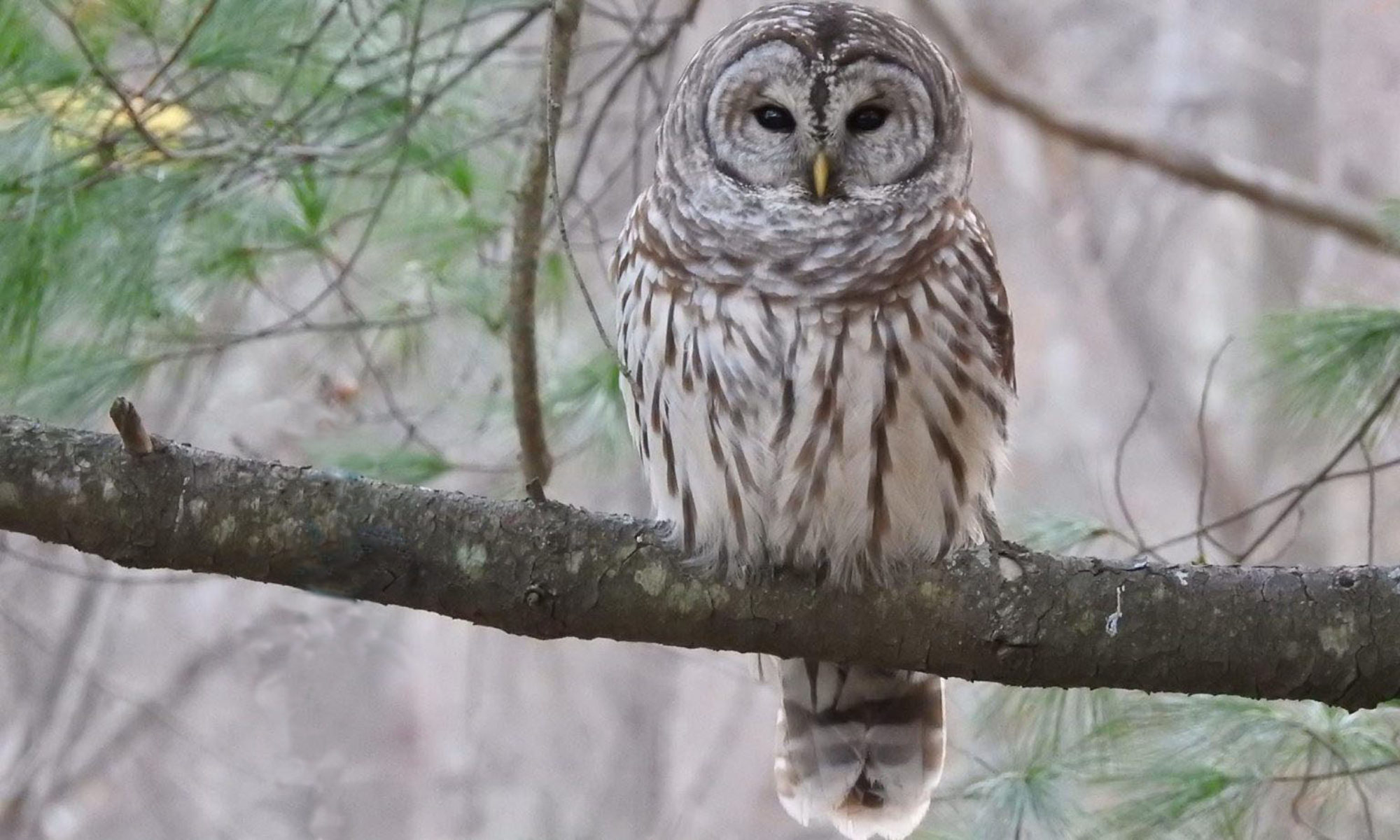They are coming…well, a lot of migratory passerines are, but if you’re a birder in eastern North America you’ve been waiting for this ever since the winter became unbearably tedious. Sometime in early December, to be precise. Yes, they are coming! It’s almost religious.
I got my first spring warbler this morning while walking the dog. While I did have my bins, I did not have my monopod, but in its place, still puppylike after seven years, a semi-obedient cur pulling on my “bad” hand. I had already easily identified the little bird, since it was singing to beat the band, but I wanted to see it. So I took a deep breath to calm myself, let out the leash a little so I could bring the handle up in an ill-founded hope to provide additional steadiness, poo bag dangerously close to my face (the deep breath helping here, too), and there he was: my FOY Yellow-Rumped Warbler.
Setophaga coronata. That’s right, I was excited about what some would call the closest thing to a “trash bird” in the warbler family: YRWA, Myrtle, Butter-butt, Rump, Lousy-not-something-else Warbler, Another One. “How could you possibly get excited by that?” some of you will say. “Wait,” others of you will say, “those are half-hardy and aren’t necessarily even migrants.” To both of which I reply, “F*$# off! it’s a wood-warbler, and you’re probably among those jerks who lumped Myrtles with Audubon’s in the first place. And decimated Dendroica, and made me learn a whole new set of latin names. Bastards.” But I digress.
If you stop to look at them, like you only can do when you have fresh eyes (and a relaxed neck ) at the beginning of migration, Yellow-rumps are really quite handsome. More than that, to me this tiny suburban bird, common though it may be, is a true herald of spring, kindling my optimism: spring is truly here, the birds are returning, we haven’t completely screwed up everything! With the help of this little warbler I revel in that bit of self-delusion and bask in the anticipation that I might see as many as two dozen species of these colorful little travelers in the next month, most just briefly pausing on their way to breeding grounds further north.
